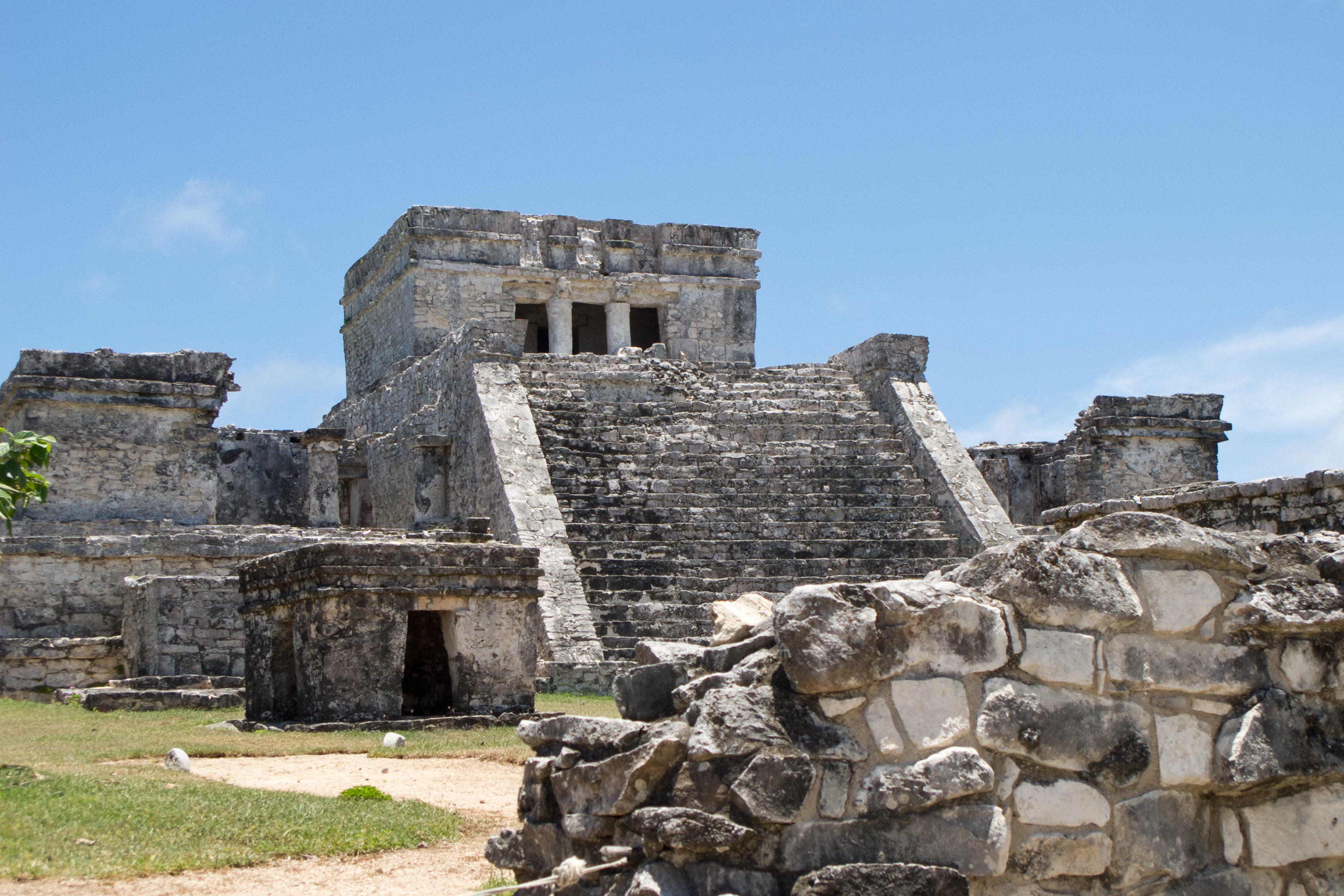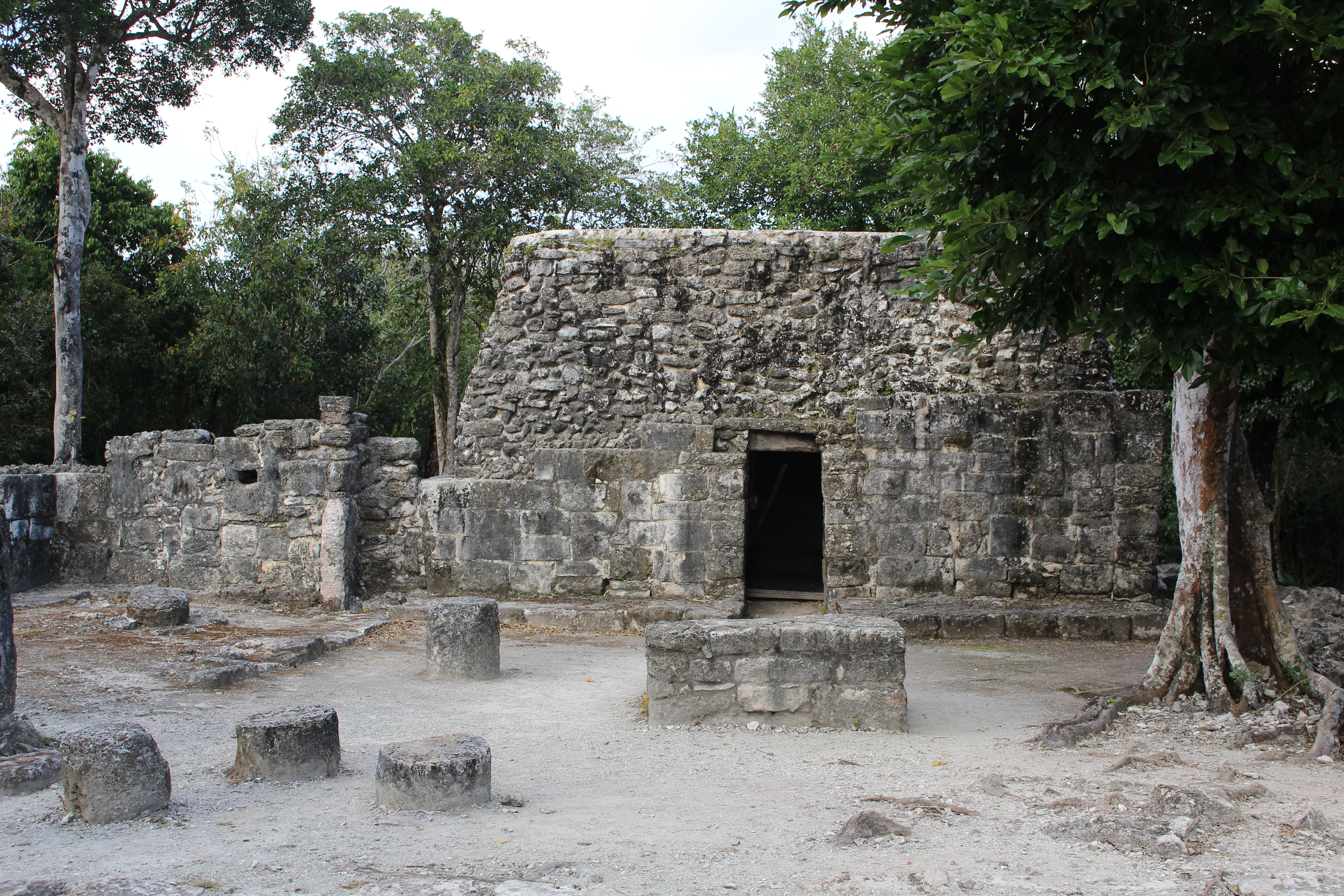Ekab on:
[Wikipedia]
[Google]
[Amazon]
Ekab or Ecab was the name of a Mayan chiefdom of the northeastern Yucatán Peninsula, before the arrival of the Spanish conquistadors in the sixteenth century.
In the fifteenth century most of Yucatán was controlled by the League of Mayapan. By 1441 there was civil unrest. The provinces of the League rebelled and formed sixteen smaller states.
These states were called Kuchkabals. Most Kuchkabals were ruled by a Halach Uinik, but Ekab wasn't. It was divided up into several ''Batabil''. Each ''Batabil'' was ruled over by a leader called a ''Batab''. In Ekab the ''Batabs'' were supposed to have equal power, but the ''Batabs'' on Cozumel had much more power than the others.

 Ekab was surrounded in the west by Chikinchel , Tazes , Cupul and
Ekab was surrounded in the west by Chikinchel , Tazes , Cupul and
Religious importance
The island Cozumel was a ''Batab'' of Ekab. Cozumel was an important religious area for the Maya. People traveled to Cozumel from as far away as Nicaragua and Michoacán. The island was sacred to the moon goddess, Ix Chel. Most of the pilgrims who traveled there were women. Ix Chel was also patron goddess of childbirth, medicine, and weaving.Geography

Cochuah
Cochuah (also Kock Wah) (in the Mayan language: toponymic; ''K-'': our + ''Och'': food + ''Wah'': bread. "Our food of bread"?) is the name of one of the sixteen Mayan provinces into which the central Yucatán Peninsula was divided at the time of ...
, and in the south Uaymil.
There were several port towns along the coast, most notably Tulum, Xcaret, and Xel-Ha.
Ekab had a strategic position on the coast, sailors circumnavigated as far away as Tampico and Nicaragua.
European Contact
In 1502 on Christopher Columbus's fourth voyage to America he made contact with an Ekab merchant's ship. After this, the news of Europe spread throughout the Maya world. In 1511 a Spanish ship was caught in a storm and destroyed. The survivors were taken as slaves by Ekab. Maya slaves were allowed to work their way up. By the time of formal contact with the Spaniards they had wives and children. In 1517 Francisco Hernández de Córdoba sailed to Isla Mujeres where he found the ruins of a Maya village and an observatory. They continued inland and made contact with the Mayans. They attacked the Mayans but were defeated, but managed to take two prisoners as translators. Juan de Grijalva visited Cozumel in 1518 and observed Zama and Xel Ha.Hernán Cortés
Hernán Cortés de Monroy y Pizarro Altamirano, 1st Marquess of the Valley of Oaxaca (; ; 1485 – December 2, 1547) was a Spanish ''conquistador'' who led an expedition that caused the fall of the Aztec Empire and brought large portions of w ...
visited Ekab on his way to conquer the Aztecs
The Aztecs () were a Mesoamerican culture that flourished in central Mexico in the post-classic period from 1300 to 1521. The Aztec people included different Indigenous peoples of Mexico, ethnic groups of central Mexico, particularly those g ...
in 1519.
Between 1527 and 1547 there were three attempts to conquer Yucatán. In the first two the Spaniards were easily defeated, but as smallpox spread through Mesoamerica the Maya population was decimated.
The final conquest was between 1542 and 1547.
The conquistadores started in the west and worked their way towards Ekab. Cozumel was the last part of the Ekab to be conquered.
References
Mayan chiefdoms of the Yucatán Peninsula {{Mexico-hist-stub